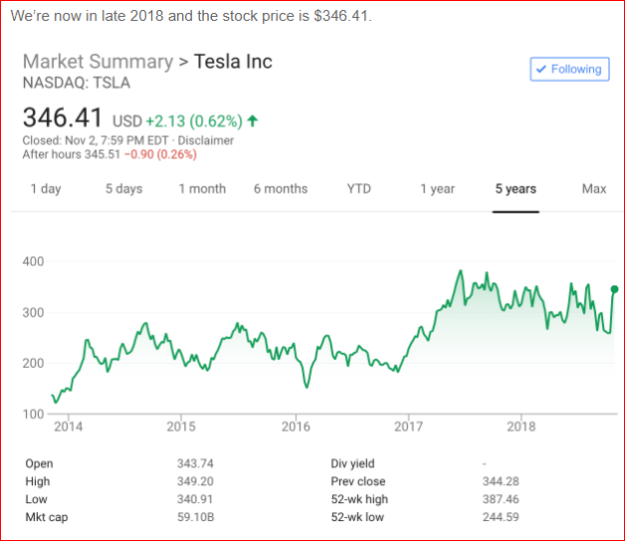*this assignment lost its three column formatting and quotes when posting to WordPress.
It was one of those first winter storms that rolled into the coast, drenching Victoria and surrounding areas in heavy rains that blew at you from all angles, obliterating umbrellas, prompting boil water advisories, and knocking out power. Chris Marks needs to get to an important meeting within an hour and he has nobody scheduled to drive him in his wheelchair van, he can take two buses although he is not sure what number the connecting one should be. So he dons his winter jacket, rain poncho, Southwester rain hat and heads off to the meeting thinking, “I cannot wait until Tesla finally releases the fully autonomous vehicle on the market”.
Chris can drive but does not because of a spinal injury 10 years ago that left him quadriplegic. He had taken driving lessons after the spinal injury and determined that the random, severe, muscle spasms that can be associated post injury would be too risky for him to drive himself. He has been closely following the progress of Tesla Motors and their fully electric vehicles; just last month, Tesla wirelessly bestowed an advanced autopilot feature into all their newer model cars in North America, overnight. This is widely viewed as the first step toward fully autonomous vehicles which Google and others are working on although Elon Musk of Tesla Motors predicts it will be getting this technology out to the public by 2017 or 2018; Google predicts 2020.
Chris’s decision to not pursue getting his license post injury means he travels by his electric wheelchair at up to 14 km/h, usually in a bicycle lane as sidewalks are too bumpy and unpredictable at that speed for a wheelchair. Being a student gives him a bus pass with good coverage in city limits that is diminished the evenings, Sundays, and at his main campus 8.5 km away from downtown. He has a modified van that accepts his wheelchair but has to schedule somebody with a valid driver’s license for a minimum of two hours, even if he just needs a 15 minute ride. To own an autonomous vehicle that can pull up to him when he calls it, take him safely to his destination, and then return him back home comfortably has seemed like science fiction in the future that is now becoming fact.
After a spinal injury, many people find creative ways to regain independence, with varying levels of success. Just modifying a zipper so that it can be used by somebody without the ability to grip lets someone unzip their coat a bit if they get too hot and zip it up if they are cold. The level of freedom, autonomy, dignity and independence that a self-driving vehicle represents is only a few levels below an actual cure for spinal injury.
It is not just Chris who will benefit from this technology, but the elderly, injured, developmentally delayed, and/or physically challenged demographic could see a revolution in their level of autonomy and independence. Families, business people, delivery services, taxis and transportation companies are all in line to be transformed by the introduction of self-driving cars.
The level of freedom this represents cannot be understated for many people. Having constantly different drivers increases Chris’s insurance costs, wear and tear on the vehicle, and stress levels. Some say that the autonomously driving cars being tested by Google for the last five years are already safer than humans, don’t get tired or fatigued or text while driving and will be embraced by the insurance companies. The only dings in his $60,000 wheelchair van were from an ex-girlfriend, not an employee but there were a couple employee related collisions in the past with inanimate objects like a wall in a parkade.
Some people remain skeptical of technology and may not want to trust their lives to a computer system that could possibly be as prone to randomly freezing up as an old version of Windows. Chris has been following leading edge technology in robotics, graphene and quantum computing, and of course, self-driving cars. Chris was excited about Tesla motors before he even heard there were pushing toward autonomous vehicles simply because they are all electric. His electric wheelchair goes pretty slow by bicycle or wheelchair standards but is sleek, fast, and high-performance by walking metrics. Chris likes to point out that the advances in battery construction necessary to power Tesla’s fleet will put high density lithium-ion batteries within reach of people who need them; when the distance you can go that day depends upon battery life, then battery technology can contribute to quality of life.
Victorians are usually smug about their good weather on the coast comparing themselves to Hawaii or Florida versus the rest of Canada that often gets unthinkably cold snaps and snowdrifts that can keep many people shut in for many of the winter months. Many like Chris dream of a safe, all-wheel-drive, self-driving vehicle that can get you where you need to go any time of any day like a cross between a chauffeur and a designated driver that never takes a day off. For now, regular articles and press releases and news stories documenting the progress of autonomous vehicles to market are read with increasing interest. These are not popular mechanics articles written 20 or 50 years in the future, the technology exists today and is working and undergoing continuous refinement. With winter coming back to the coast in a wet, blustery onslaught of low pressure storms and high pressure freezing periods, Chris continues navigating the bus, covered areas in which to stay dry and scheduling helpers that scare him the least to drive him and his teenager around when necessary. The future may be here, and yet it cannot come soon enough for Chris.










